‘Modern Buildings’ tours south-east London through a guide to post-war Blackheath and Greenwich
‘Modern Buildings: Blackheath and Greenwich’ is a detailed survey of a London borough’s rich trove of new modernist architecture
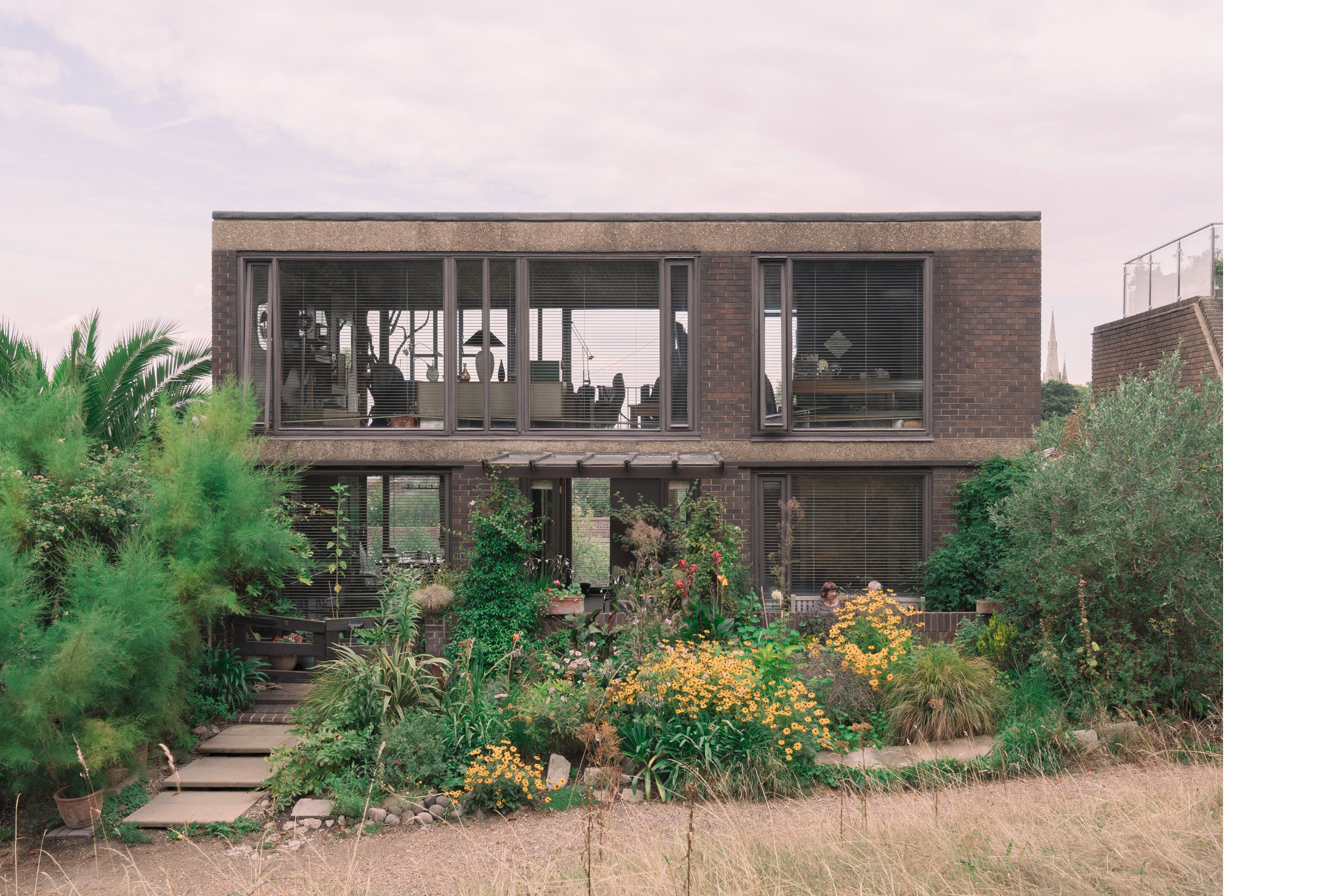
At first glance, Ana Francisco Sutherland’s Modern Buildings: Blackheath and Greenwich might seem to be very tightly focused. The monograph, looking at the post-war architecture of a single south London borough, might feel a bit niche, but as Sutherland’s book reveals, this became a focal point of an incredibly rich era of modern design.
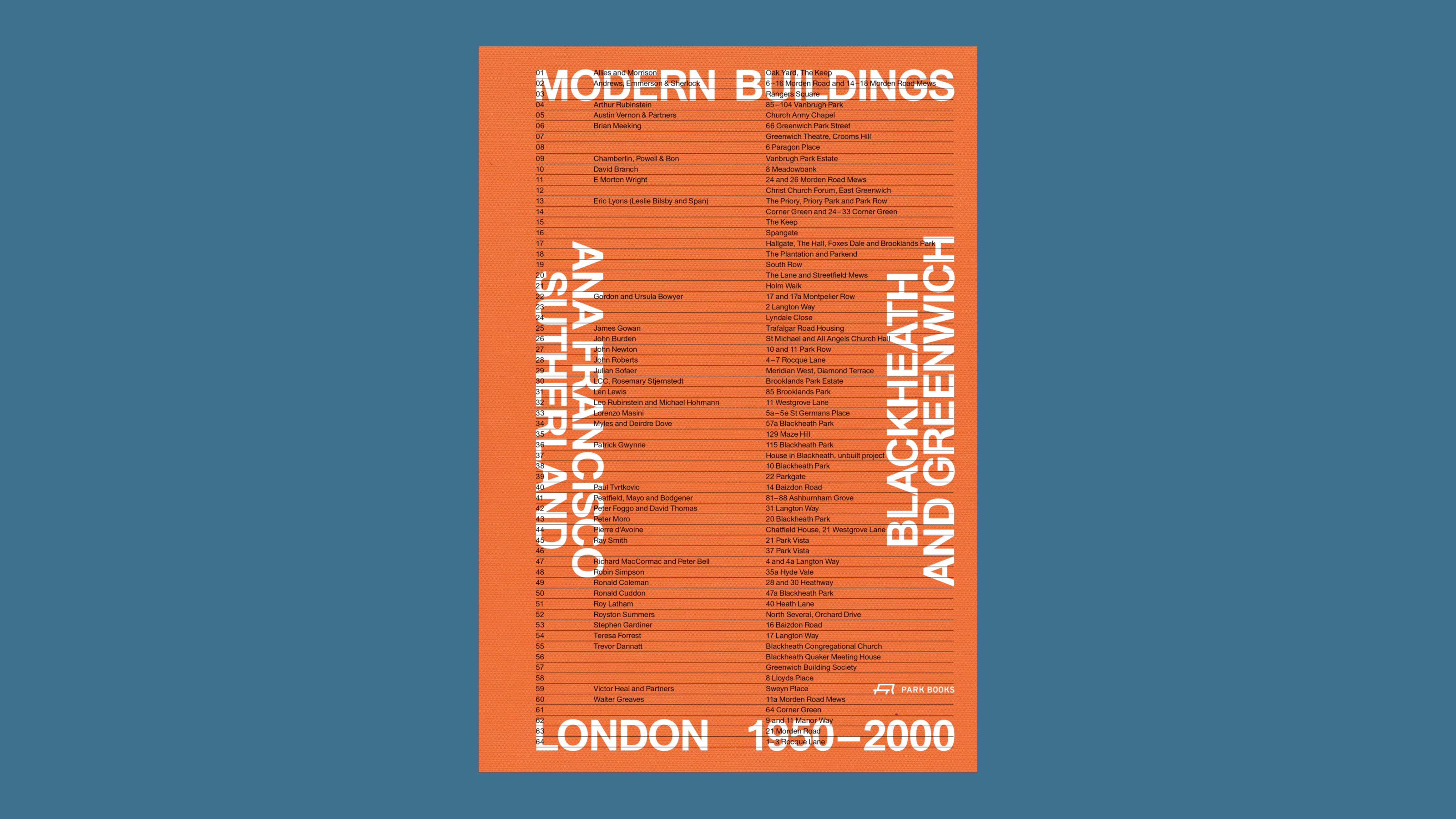
'Modern Buildings: Blackheath and Greenwich', 1950-2000, Ana Francisco Sutherland, Park Books, CHF39, Park-Books.com, also available from Amazon
Explore ‘Modern Buildings: Blackheath and Greenwich’
For various reasons explored in the book, Blackheath and Greenwich became a petri dish of quiet innovation. With the capital in desperate need of new housing, the run-down grand villas and estates in south-east London offered up the requisite space for expansion. Many of the larger sites were taken on by firms like Span, set up by developer Leslie Bilsby in collaboration with the architect Eric Lyons.
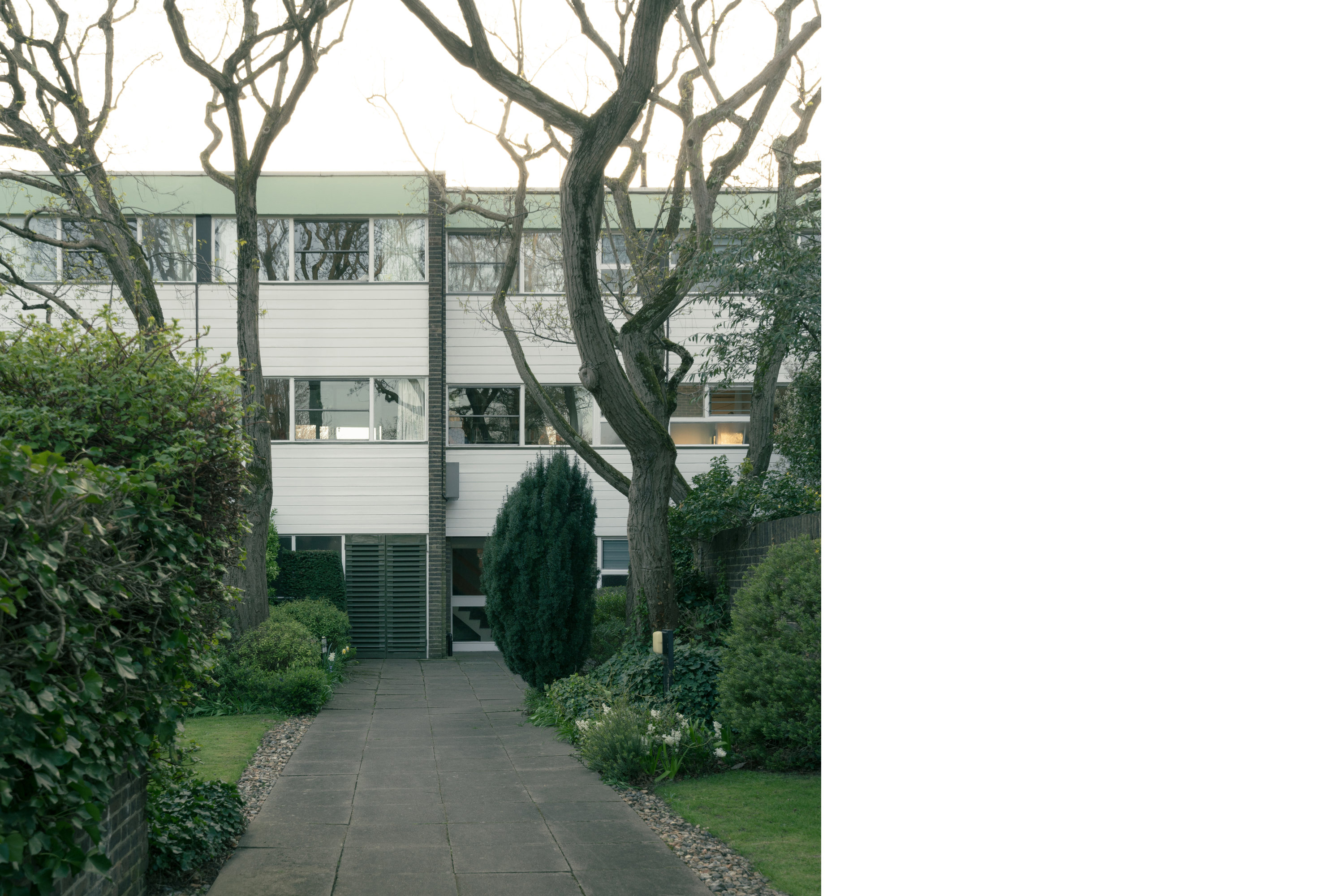
Spangate, inner courtyard and communal garden
Span’s impressive output is one of the core focuses of Modern Buildings. The company built modestly but sensitively, with high levels of quality and great consideration for preserving open space, communal gardens and a sense of community. Span houses were – and still are – highly desirable, a club of sorts for progressive, liberal types who wanted an architectural framework to match their ideals.
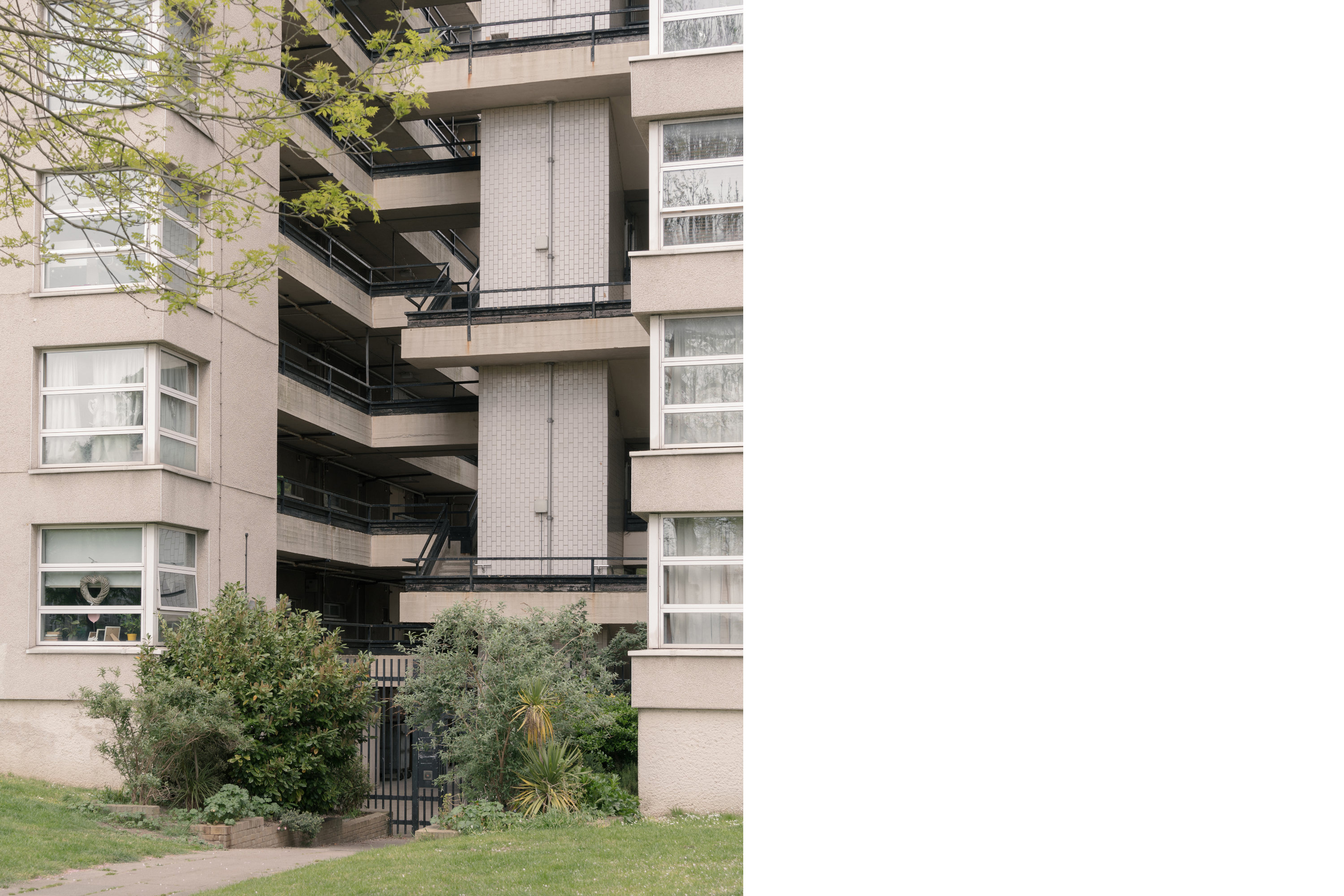
Vanbrugh Park Estate, the central core and access walkways of the tower
New housing in Blackheath and Greenwich wasn’t just about estates. The book delves into the numerous single-family houses, small terraces and compact blocks of flats that were built during the period. It includes work by architects like Pierre d’Avoine, Royston Summers, Trevor Dannatt, James Gowan and Allies and Morrison, and many more, combining potted biographies with original photography and – crucially – selected site plans and floorplans.
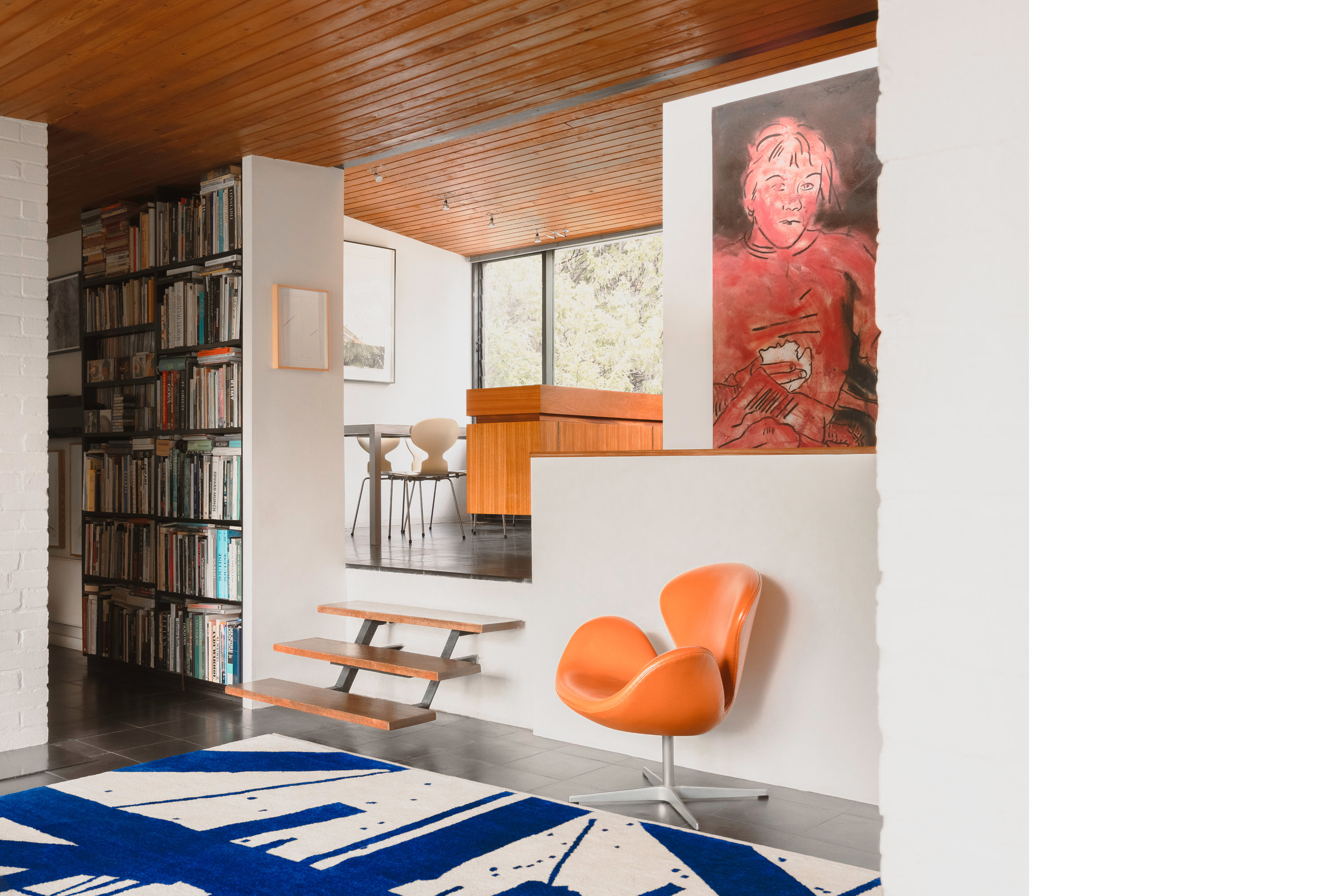
20 Blackheath Park, the open-plan split-level living spaces
Sutherland, whose studio Francisco Sutherland Architects has worked on several projects in the area, has brought together a huge volume of research. Sixty-four buildings and 38 architects are included, presented in an elegantly functional and era-appropriate layout by Studio Blackburn.
The book includes a map and walking routes (we suggest combining the book with Things You Can Buy’s Perambulations maps), making it a very welcome addition to the canon of British architectural guidebooks.
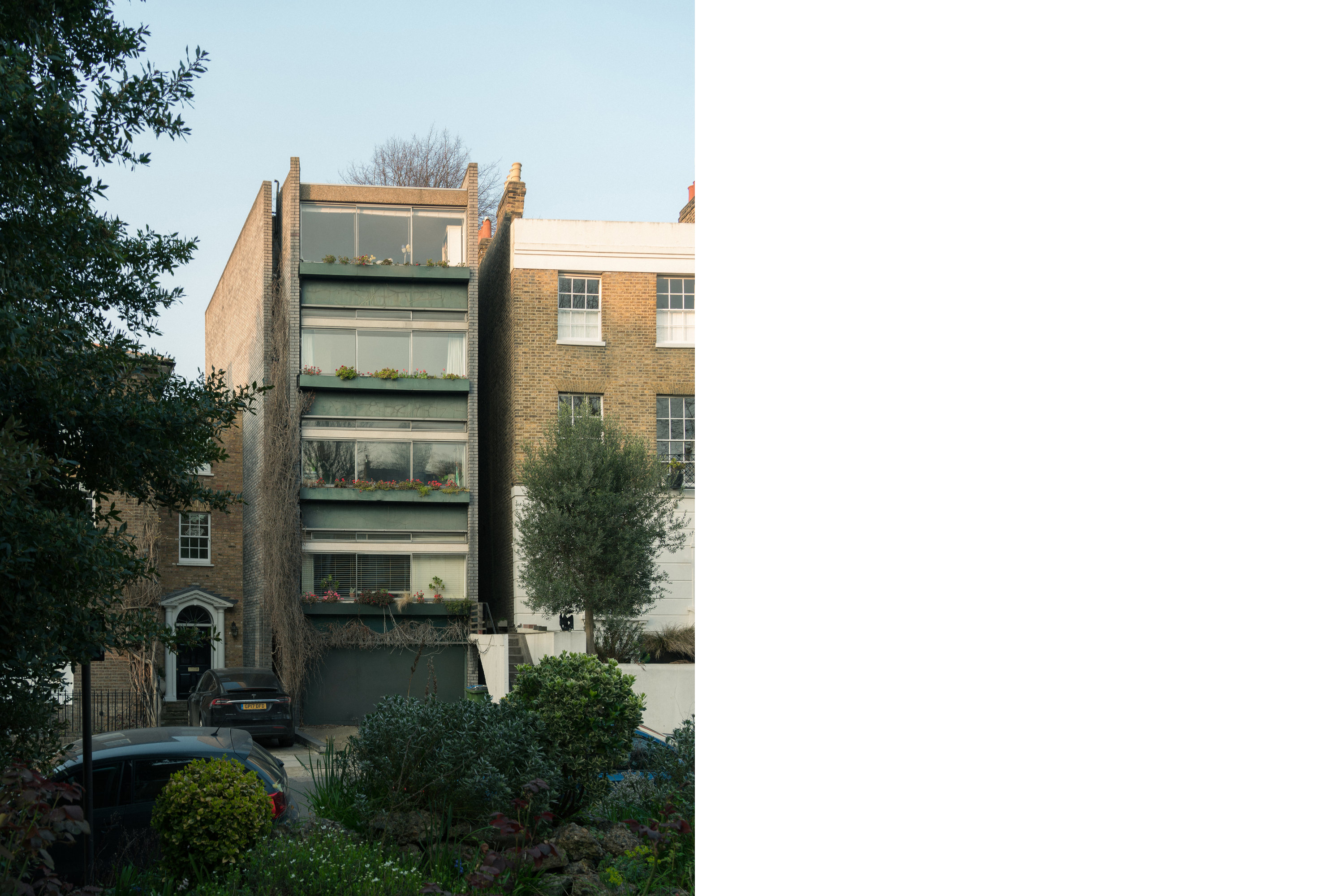
35a Hyde Vale, front elevation with entrance gap
'Modern Buildings: Blackheath and Greenwich', 1950-2000, Ana Francisco Sutherland, Park Books, CHF 39, Park-Books.com, also available from Amazon
Receive our daily digest of inspiration, escapism and design stories from around the world direct to your inbox.
Jonathan Bell has written for Wallpaper* magazine since 1999, covering everything from architecture and transport design to books, tech and graphic design. He is now the magazine’s Transport and Technology Editor. Jonathan has written and edited 15 books, including Concept Car Design, 21st Century House, and The New Modern House. He is also the host of Wallpaper’s first podcast.
-
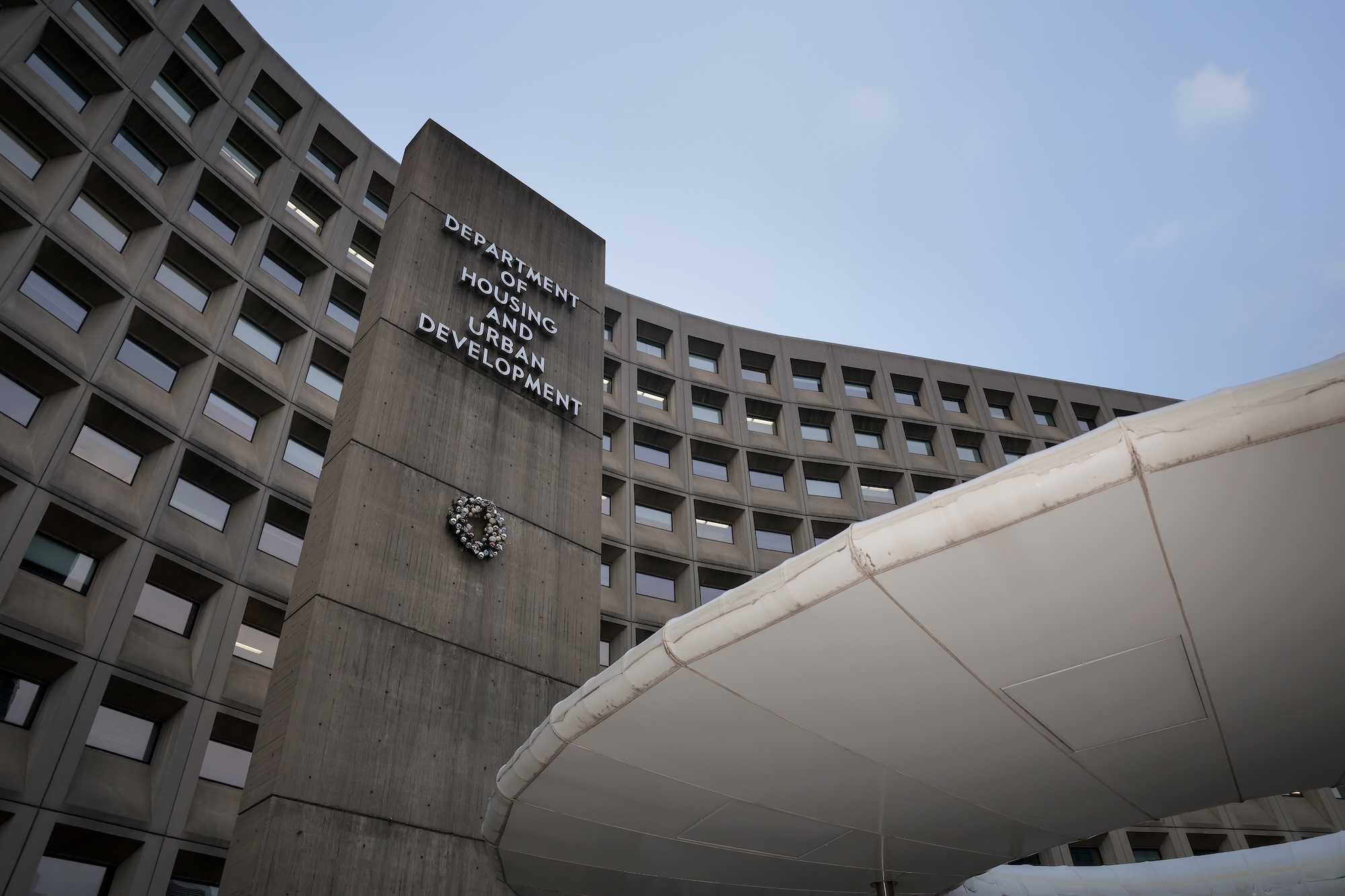 The White House faced the wrecking ball. Are these federal buildings next?
The White House faced the wrecking ball. Are these federal buildings next?Architects and preservationists weigh in on five buildings to watch in 2026, from brutalist icons to the 'Sistine Chapel' of New Deal art
-
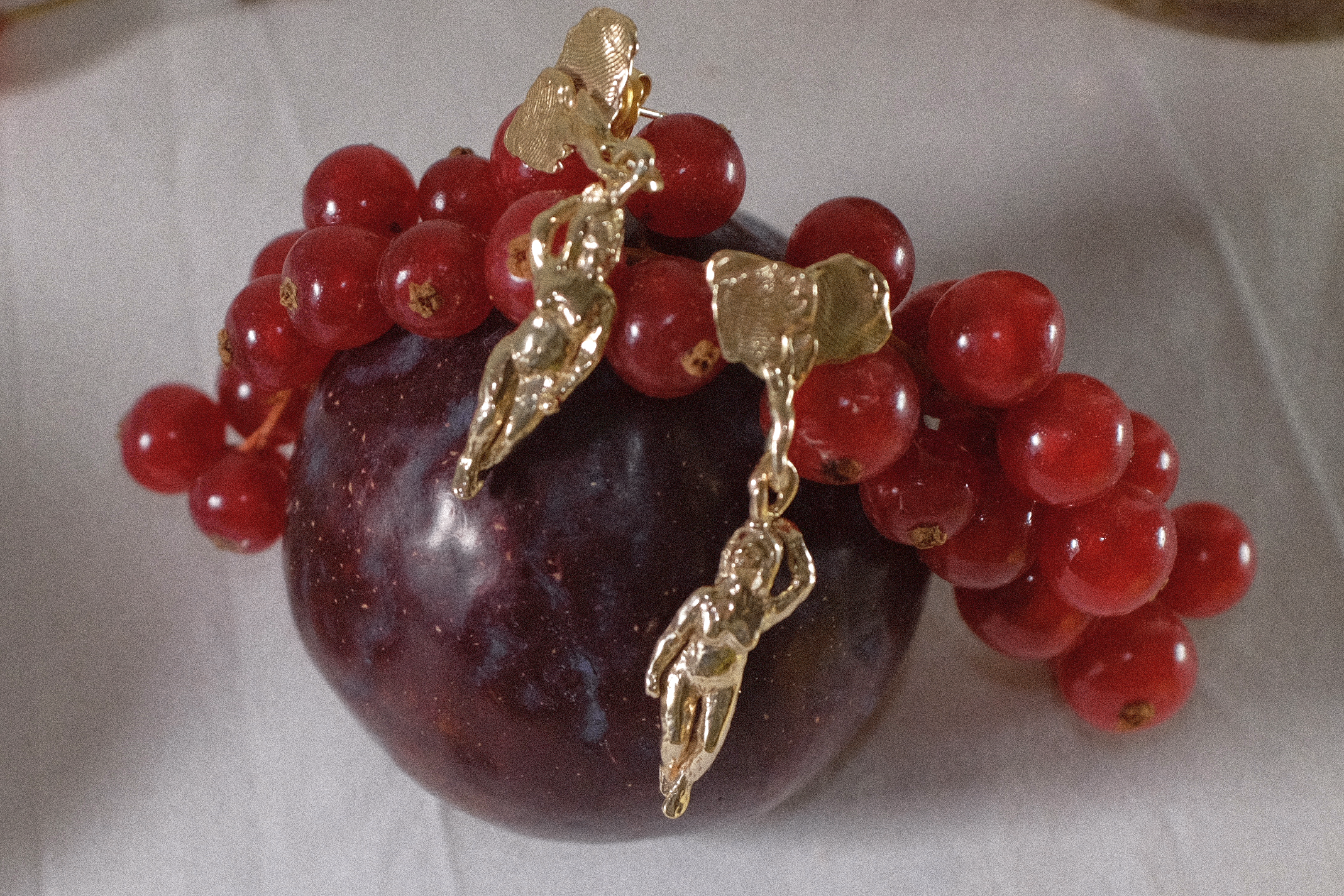 Georgia Kemball's jewellery has Dover Street Market's stamp of approval: discover it here
Georgia Kemball's jewellery has Dover Street Market's stamp of approval: discover it hereSelf-taught jeweller Georgia Kemball is inspired by fairytales for her whimsical jewellery
-
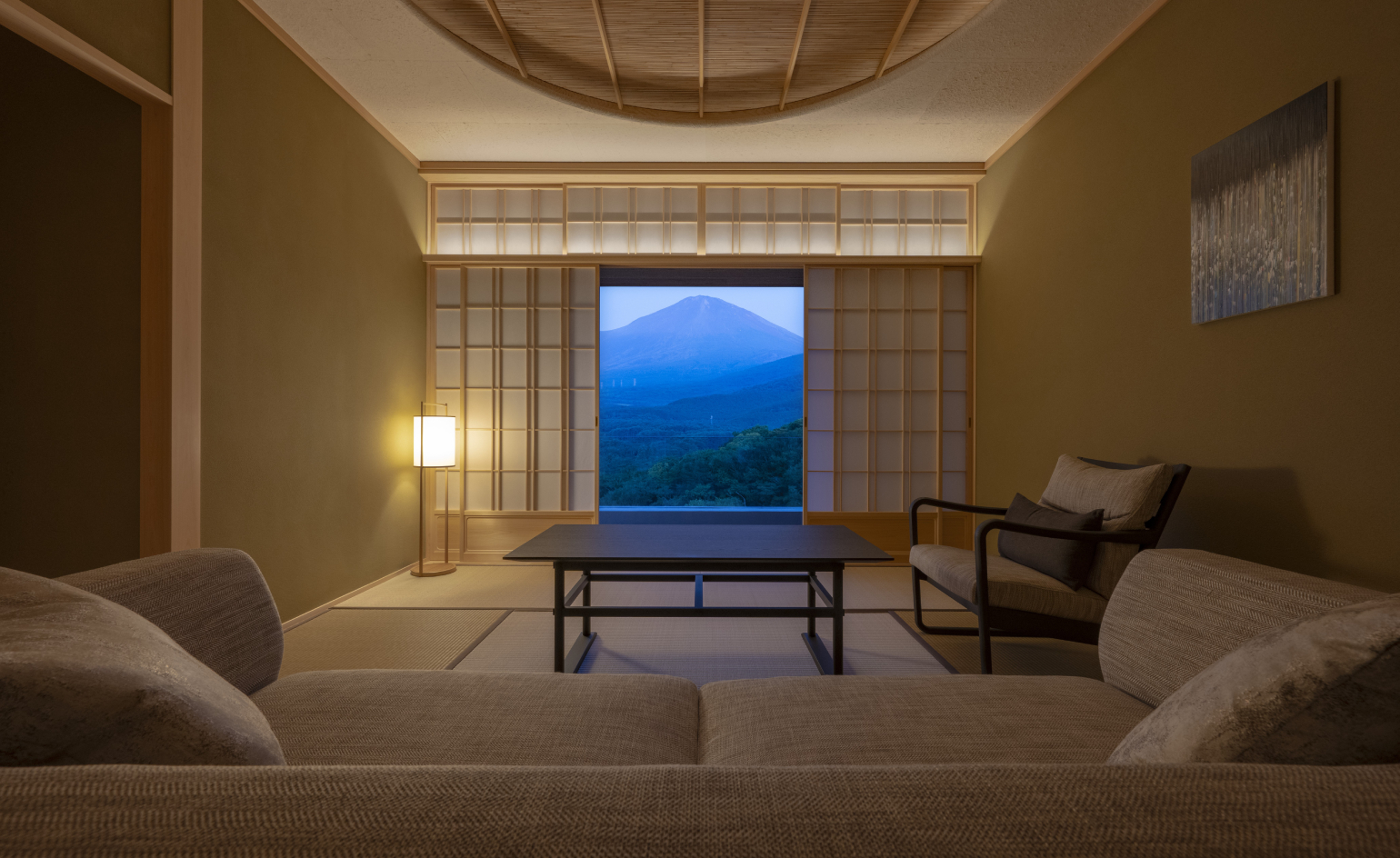 The best way to see Mount Fuji? Book a stay here
The best way to see Mount Fuji? Book a stay hereAt the western foothills of Mount Fuji, Gora Kadan’s second property translates imperial heritage into a deeply immersive, design-led retreat
-
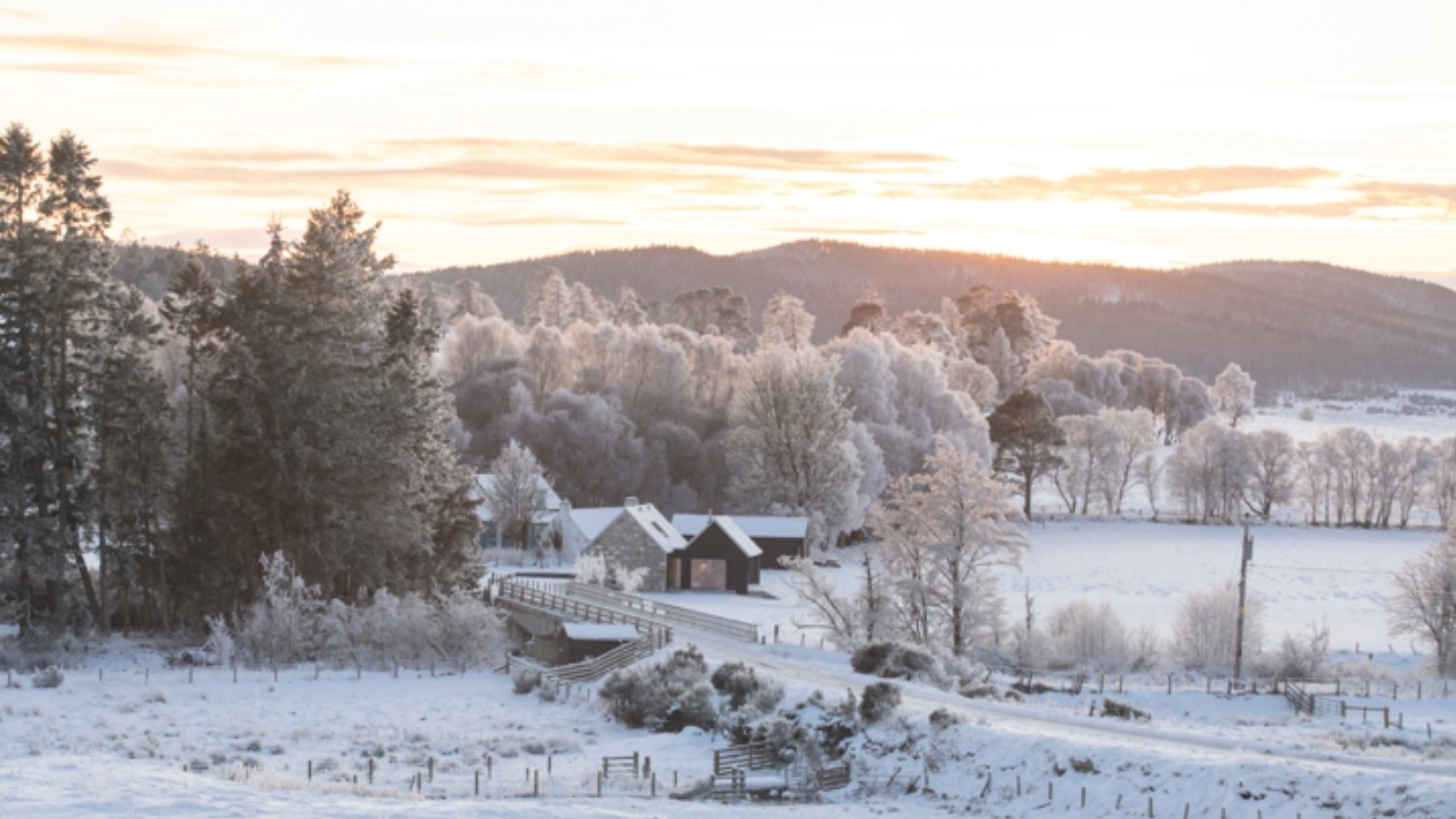 Step inside this perfectly pitched stone cottage in the Scottish Highlands
Step inside this perfectly pitched stone cottage in the Scottish HighlandsA stone cottage transformed by award-winning Glasgow-based practice Loader Monteith reimagines an old dwelling near Inverness into a cosy contemporary home
-
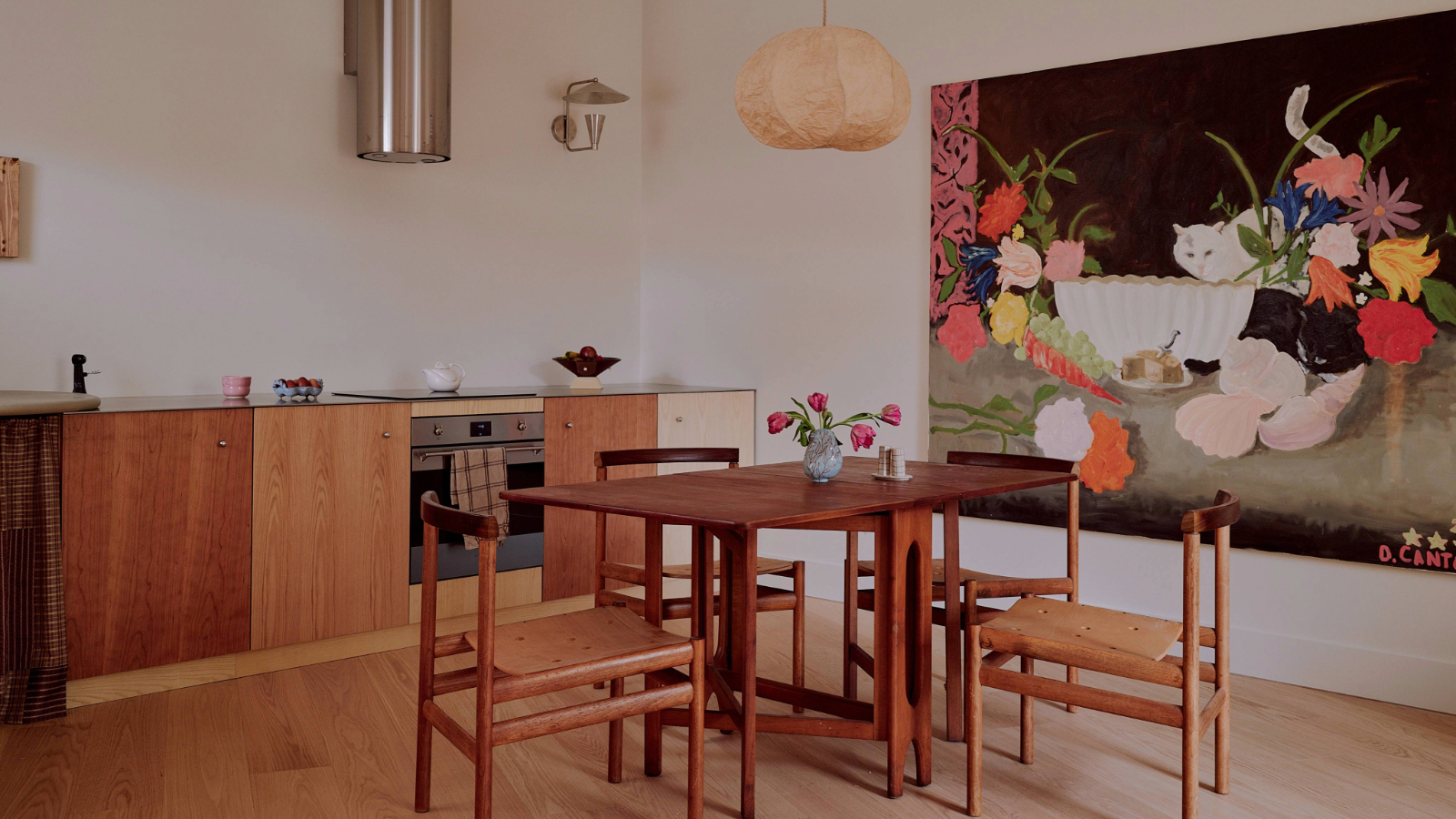 This curved brick home by Flawk blends quiet sophistication and playful details
This curved brick home by Flawk blends quiet sophistication and playful detailsDistilling developer Flawk’s belief that architecture can be joyful, precise and human, Runda brings a curving, sculptural form to a quiet corner of north London
-
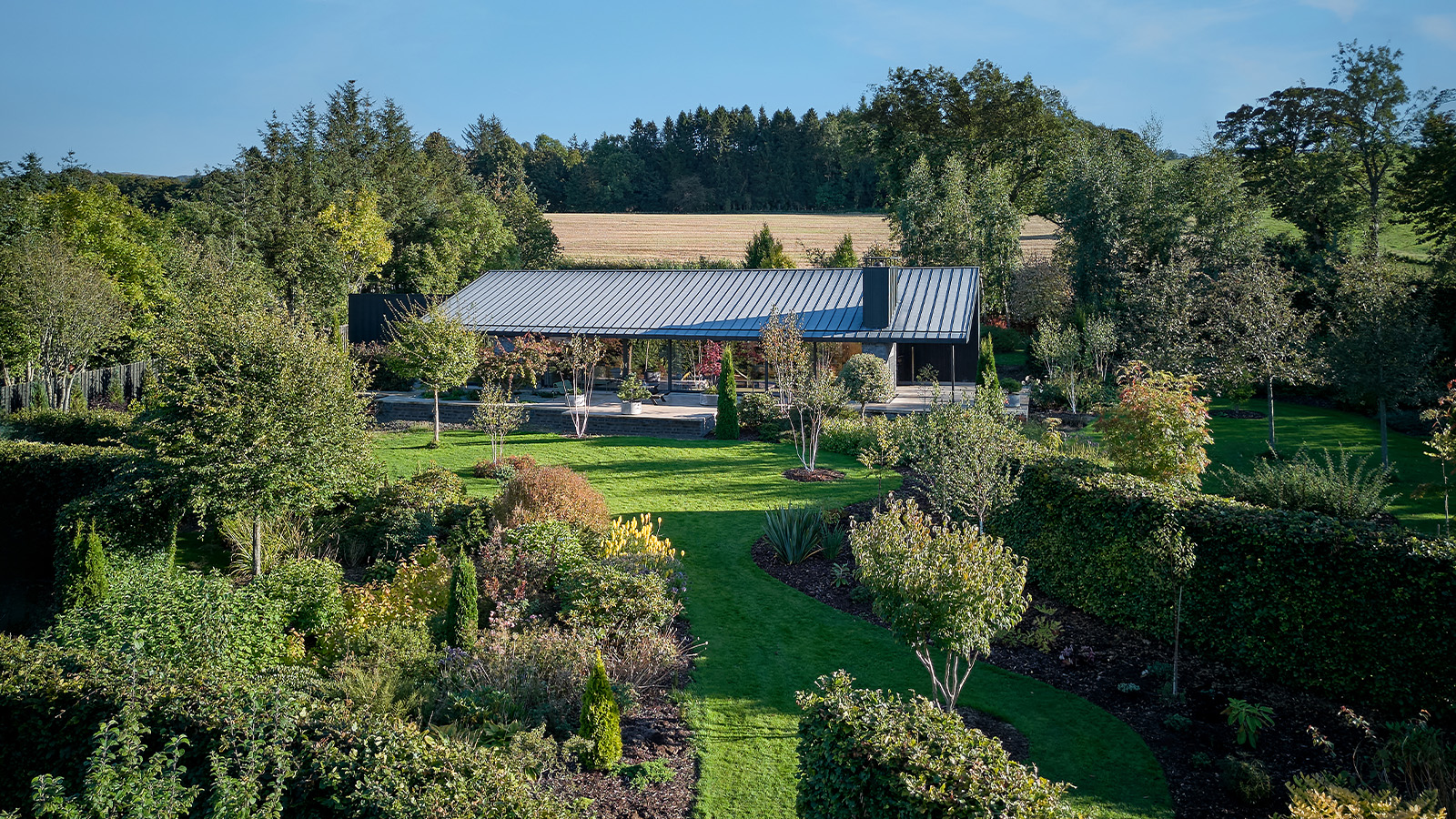 A compact Scottish home is a 'sunny place,' nestled into its thriving orchard setting
A compact Scottish home is a 'sunny place,' nestled into its thriving orchard settingGrianan (Gaelic for 'sunny place') is a single-storey Scottish home by Cameron Webster Architects set in rural Stirlingshire
-
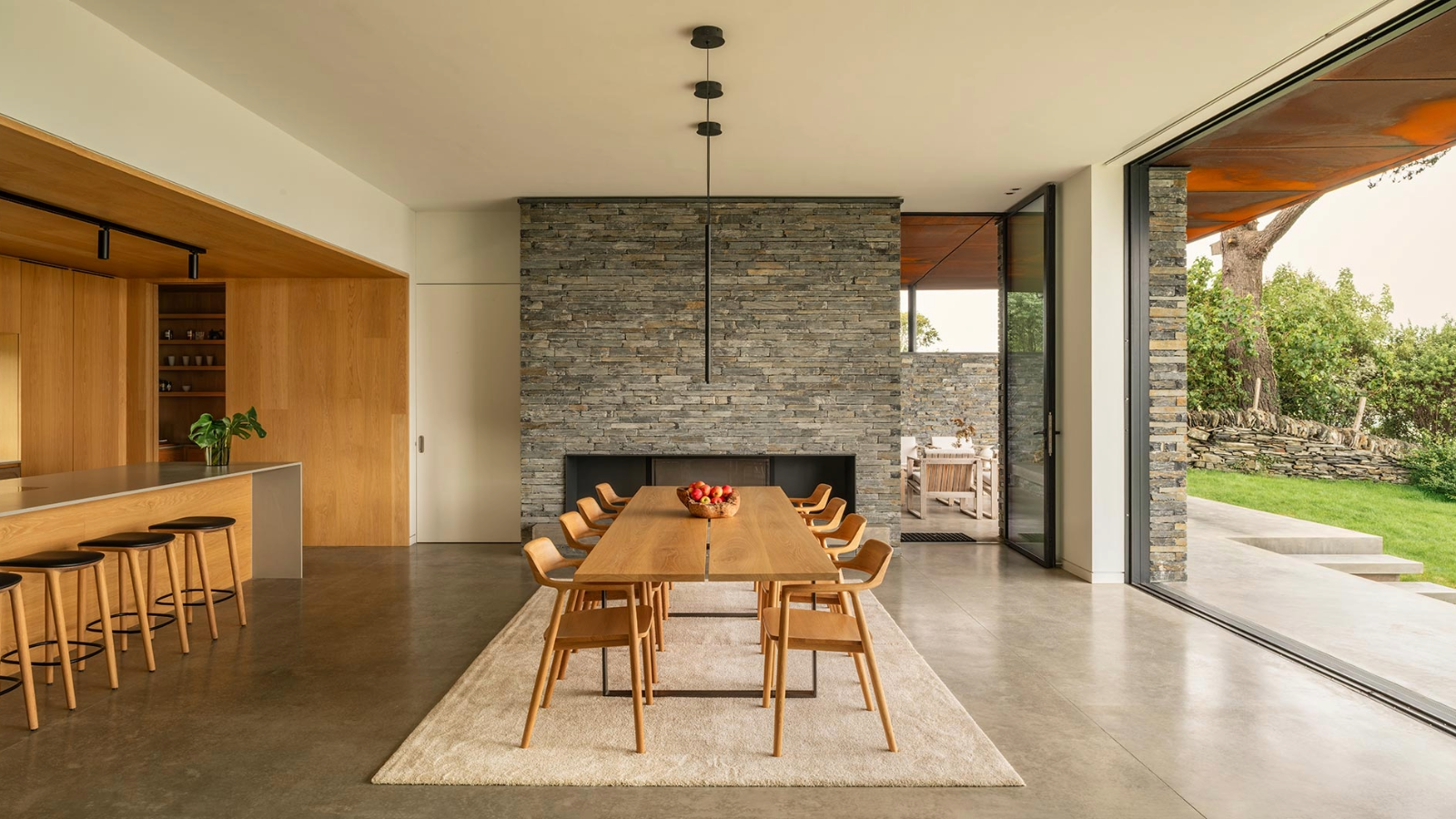 Porthmadog House mines the rich seam of Wales’ industrial past at the Dwyryd estuary
Porthmadog House mines the rich seam of Wales’ industrial past at the Dwyryd estuaryStröm Architects’ Porthmadog House, a slate and Corten steel seaside retreat in north Wales, reinterprets the area’s mining and ironworking heritage
-
 Arbour House is a north London home that lies low but punches high
Arbour House is a north London home that lies low but punches highArbour House by Andrei Saltykov is a low-lying Crouch End home with a striking roof structure that sets it apart
-
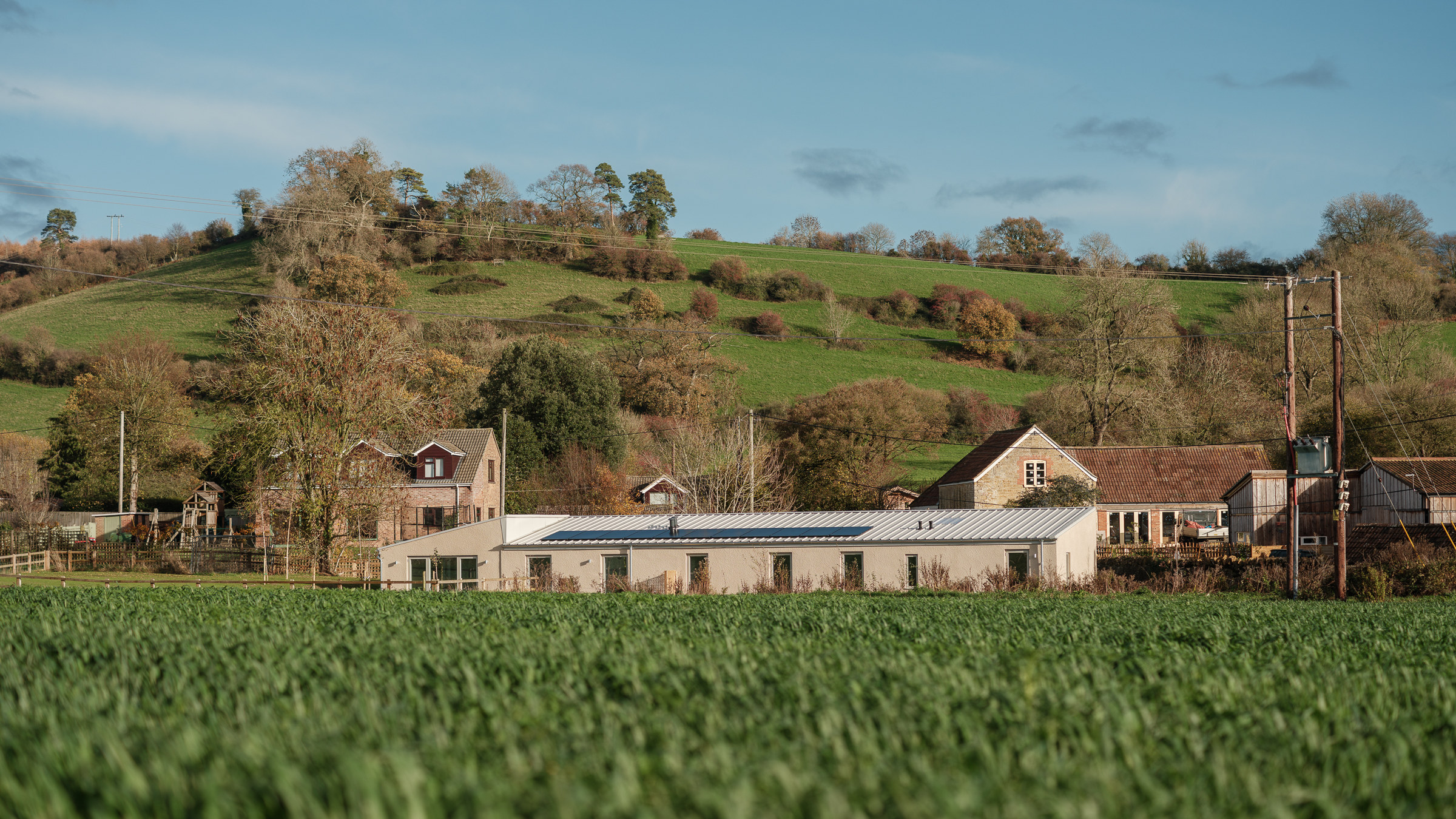 A former agricultural building is transformed into a minimal rural home by Bindloss Dawes
A former agricultural building is transformed into a minimal rural home by Bindloss DawesZero-carbon design meets adaptive re-use in the Tractor Shed, a stripped-back house in a country village by Somerset architects Bindloss Dawes
-
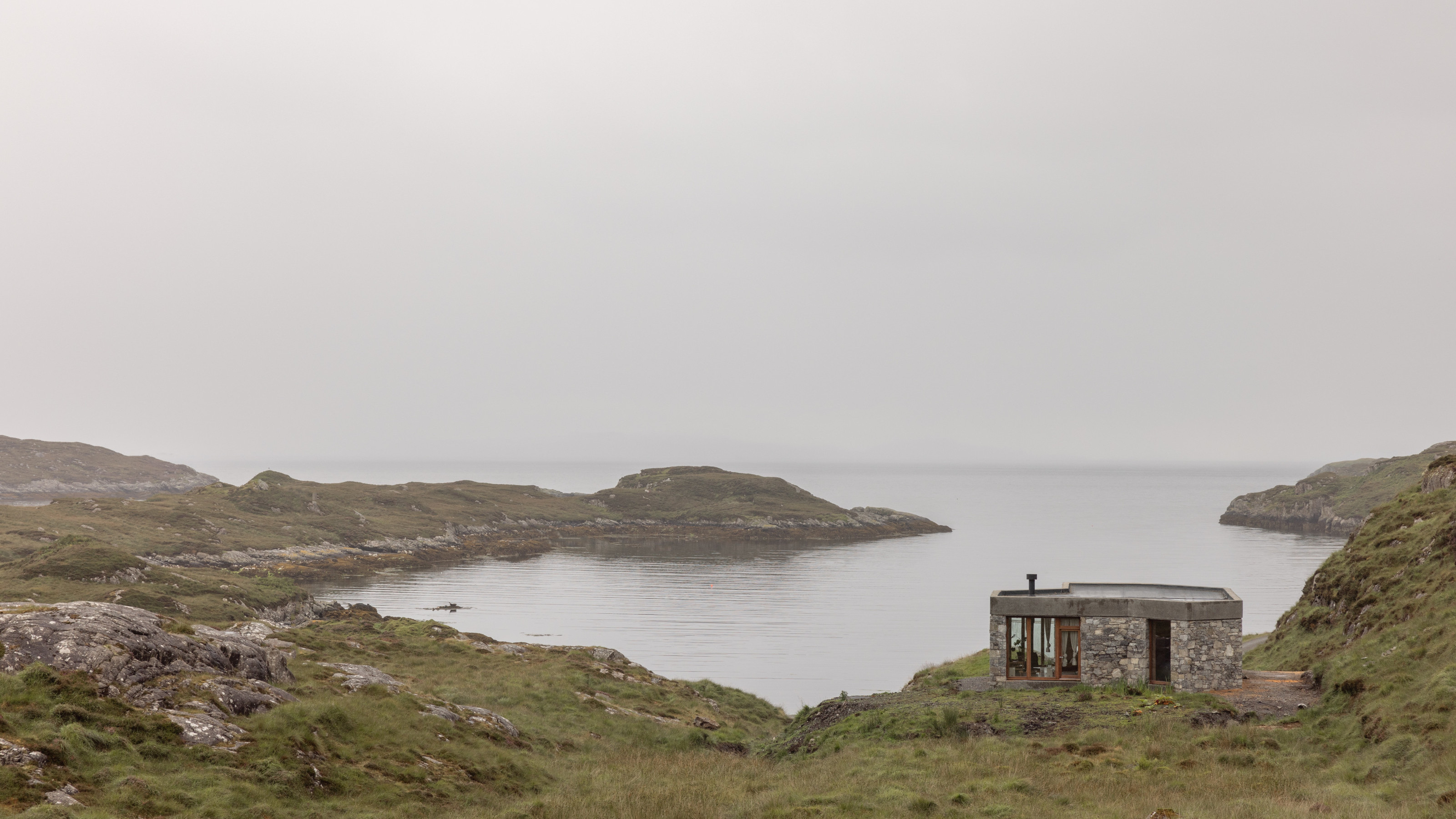 RIBA House of the Year 2025 is a ‘rare mixture of sensitivity and boldness’
RIBA House of the Year 2025 is a ‘rare mixture of sensitivity and boldness’Topping the list of seven shortlisted homes, Izat Arundell’s Hebridean self-build – named Caochan na Creige – is announced as the RIBA House of the Year 2025
-
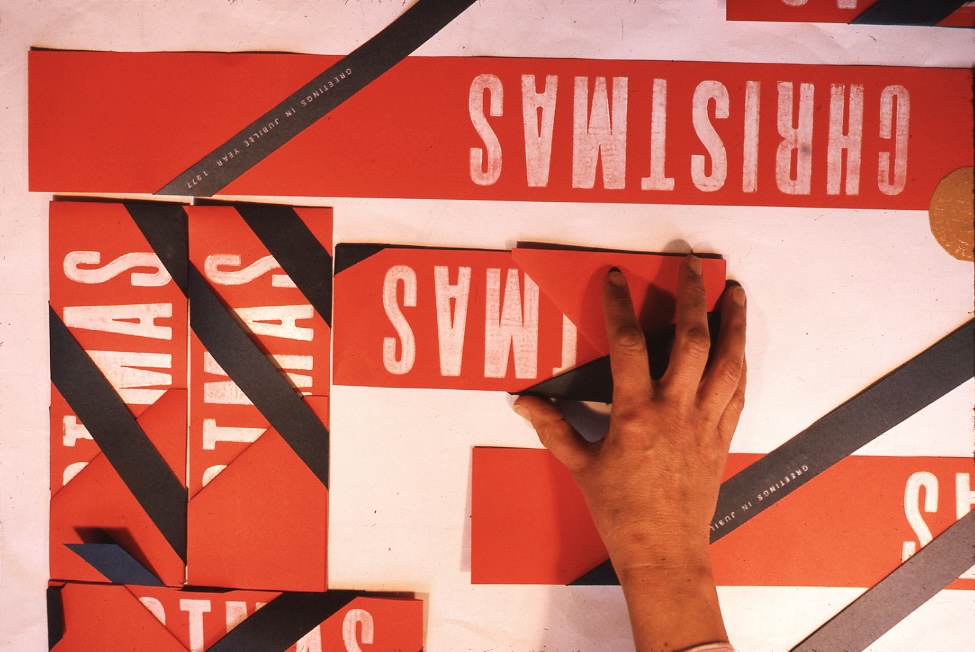 In addition to brutalist buildings, Alison Smithson designed some of the most creative Christmas cards we've seen
In addition to brutalist buildings, Alison Smithson designed some of the most creative Christmas cards we've seenThe architect’s collection of season’s greetings is on show at the Roca London Gallery, just in time for the holidays